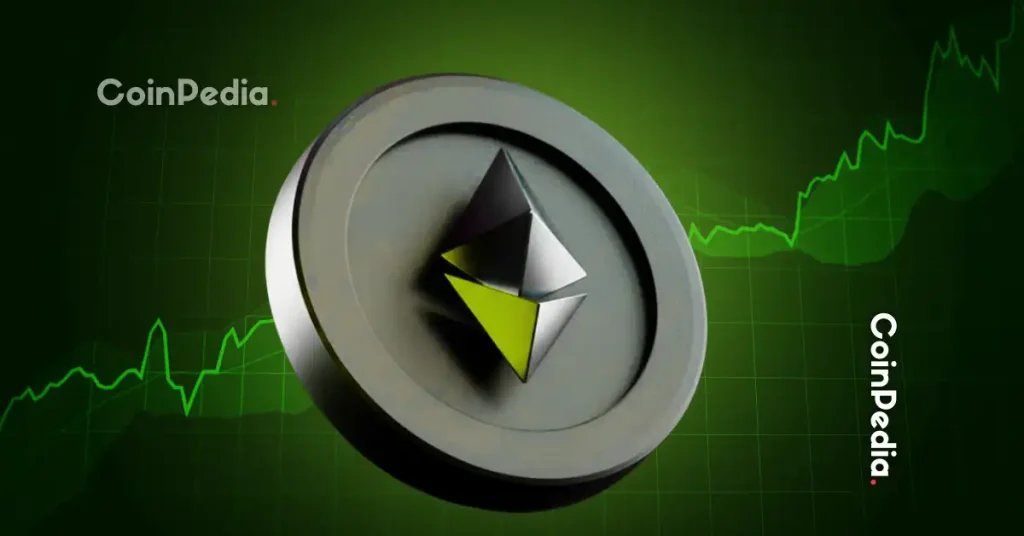
The initial coin offering (ICO) boom that started in 2017 has led many people to believe that crypto assets (virtual currencies) are scams. It is generally true that dubious projects were rampant during that period. But 2024 should help change that perception of the industry.
At the time, many project founders lied about almost everything, including partnerships, intentions, and actual products. Many were just scams from the beginning. It has even been suggested that the founder of one exchange may have faked his own death to fleece with millions of dollars worth of stolen crypto assets.
This period was the Wild West, and it drew valid criticism. The crypto industry was born out of an ideal to compete with traditional finance, but it has turned into something much worse.
But since then, digital assets have become much more specialized. During the recent “crypto winter”, real developers have emerged creating real opportunities for both crypto natives and non-crypto natives alike.
Real-world assets (RWA) and real-world use cases are in the spotlight. Many recent projects have been far more practical than most ICOs, symbolizing the difference between creating real value and sticking the word “blockchain” on a brand to inflate stock prices. There is.
The RWA market is huge, and tokenization is still in its infancy. The move forever changes the way people view and access a range of investments, including commodities, real estate, art and rare whisky, that have traditionally been bought and sold outside of exchanges, in opaque markets and in markets dominated by brokers and auctions. will change to
Successful tokenization should change the perception of crypto assets.
Improved transparency
There are many commodities for which there is no spot or futures market, and pricing is more or less opaque at the whims of brokers, as opposed to a clearing price where bids and asks meet. In some cases, there is a published reference price, but in many cases it is just a survey of what brokers believe is the reference price.
Tokenizing assets like metals creates a spot market where none previously existed, allowing for better price discovery and more accurate pricing.
Blockchain will also enable better tracking throughout the supply chain, verify the authenticity of collectibles and commodities, limit counterfeiting, and hopefully help holders better retain the value of their items. I can help you understand.
Democratizing access
Many illiquid assets were closed to all but a select few who could profit from their price movements, and such opportunities were available only to a group of wealthy insiders.
Tokenization removes these barriers to entry, allowing virtually anyone, regardless of their background, to access the benefits of investing (even on a fractional basis).
It also opens up new opportunities by creating entirely new asset classes that did not previously exist. During the ICO boom, project founders and experts argued that ICOs would make early-stage investing accessible to everyone, in the same way Wall Street insiders had access to private equity and venture deals. Do you remember?
It was largely inaccurate and many people ended up losing everything when the token crashed.
By investing in tokens that are backed by the value of real, tangible, real-world assets (RWA), holders should be able to cash out their tokens in the worst-case scenario, either with the real assets themselves or with their cash value. Of course, this would require an external audit to confirm the authenticity of the underlying assets.
But it’s a lot different than blindly trusting a white paper or a pseudonymous team with virtually no accountability to create a solid product that is theoretically better than what people got with ICOs and NFTs. You should get results.
The next big frontier
People have been talking about tokenizing art and real estate since at least 2015, when I’ve been involved in crypto assets.
Most of these projects have yet to garner significant attention for various reasons ranging from low interest to lack of actual RWA to tokenize. But in the past year, the amount of technological innovation in this field has exceeded all previous years combined.
Indeed, tokenizing highly liquid products like gold and silver makes sense as a proof of concept to show that assets can be brought on-chain.
But there is a real opportunity to create entirely new markets that allow access to assets in ways not previously possible.
For example, consider a scenario in which buyers of a commodity are unable to hedge against future price movements because there is no spot market that allows them to create futures contracts.
Once a spot market forms for that asset, futures can be created, and resource-intensive industries like cadmium can help airlines manage jet fuel price fluctuations to smooth out long-term costs. Similarly, more predictable cost management can be achieved.
The opportunities presented by the tokenization of real-world assets (RWA) extend to all investors and market participants, making it more accessible, more transparent, and most importantly, more efficiently priced in physical markets. Create entirely new opportunities that are vastly improved over issuing RFPs (Requests for Proposals) for available resources.
|Translation and editing: Akiko Yamaguchi, Takayuki Masuda
|Image: Conny Schneider/Unsplash (processed by CoinDesk)
|Original text: Next Year Crypto Will Wash Away the Stains of the ICO Boom
The post Cryptoassets will shed the stigma of the ICO boom in 2024 | CoinDesk JAPAN appeared first on Our Bitcoin News.

 1 year ago
73
1 year ago
73














 English (US) ·
English (US) ·